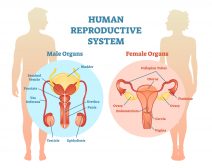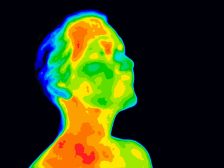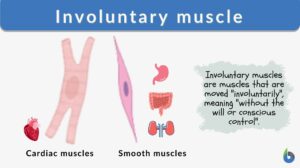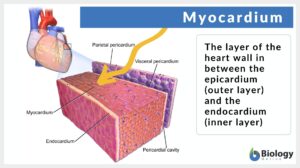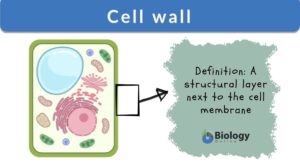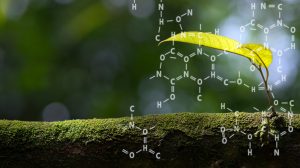Search Results for: dilation
Transition
Definition noun, plural: transitions (genetics) A small-scale mutation characterized by the replacement of a purine by... Read More
Positive feedback
Positive Feedback Definition Each mechanism of the body like temperature, blood pressure, and levels of specific nutrients... Read More
Human Reproduction
Terminology and Concepts Primary reproductive organs are called gonads - testes in the male and ovaries in the female.... Read More
Regulation of Organic Metabolism, Growth and Energy Balance
Organic Metabolism Events of Absorptive and Post-absorptive States. The absorptive state is the period during which... Read More
Circulation
Blood Blood is composed of a liquid, plasma, and blood cells such as erythrocytes (red blood cells,) leukocytes (white... Read More
Renal medulla
Definition noun, plural: renal medullae or renal medullas The inner region of the kidney that is arranged into renal... Read More
Trichomonas vaginalis
Definition noun A parasitic flagellated protozoan that may infect the vagina and the urethra of women and the urethra and... Read More
Internal os
Definition noun The part of the cervical canal, forming an internal narrowing of the uterine cavity Supplement The cervix... Read More
Involuntary muscle
A muscle act typically either under the control of the will or without conscious control. Muscles that can be controlled at... Read More
Fibrinous exudate
What Is Fibrinous Exudate? Fibrinous exudate is a type of exudate (inflammatory fluid) that forms at the site of tissue... Read More
Myocardium
Myocardium Definition What is the myocardium of the heart? It is the muscular middle layer of the heart that is... Read More
Trichomoniasis
Definition noun (pathology) A sexually transmitted infection caused by a trichomonad species, especially Trichomonas... Read More
Triple response
Definition noun (immunology) The three cardinal circulatory responses of the skin (i.e. reddening, flare formation or... Read More
Diaphoresis
What is Diaphoresis? Diaphoresis is referred to excessive or profuse perspiration or sweating which may be due to... Read More
Thrombosis
Definition noun, plural: thromboses Thrombus (blood clot) that forms in any part of the circulatory system, causing... Read More
Defense reflex
Defense reflex automatic reactions of an animal, e.g., raising of hair or feathers, dilation of the pupils, or baring of... Read More
Effect of Chemicals on Growth & Development in Organisms
Plants Plants require a large number of elements to function properly, mainly carbon, oxygen, and hydrogen, essentially... Read More




